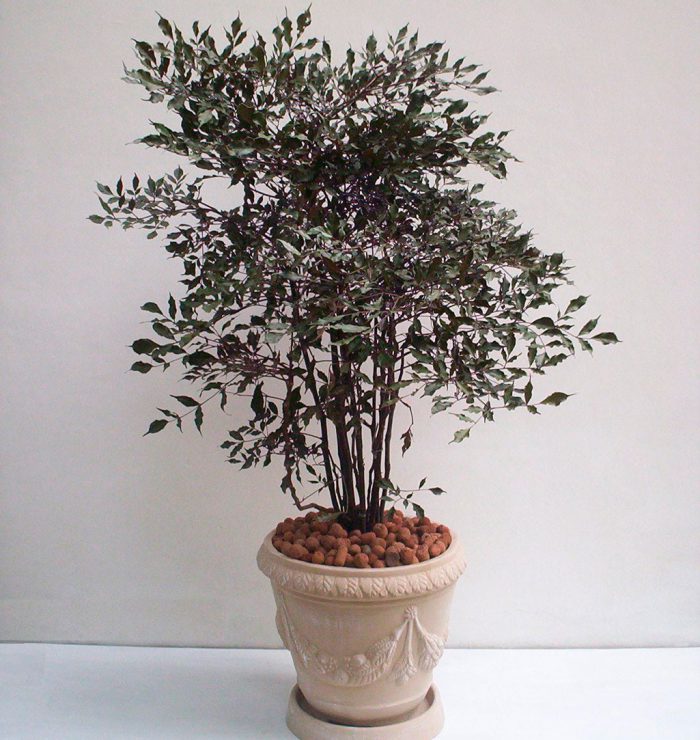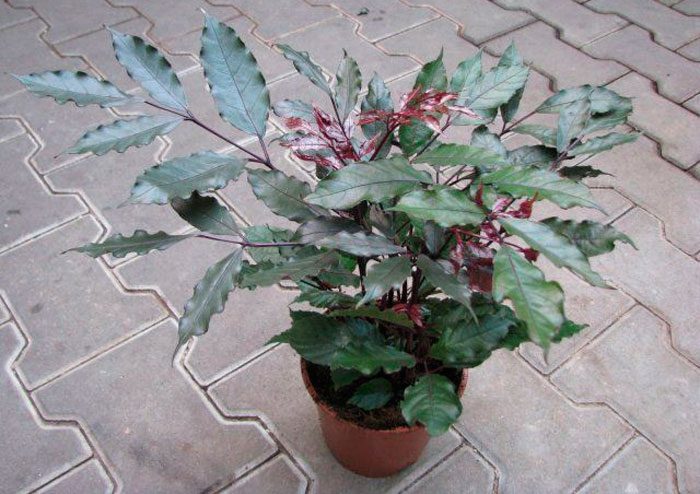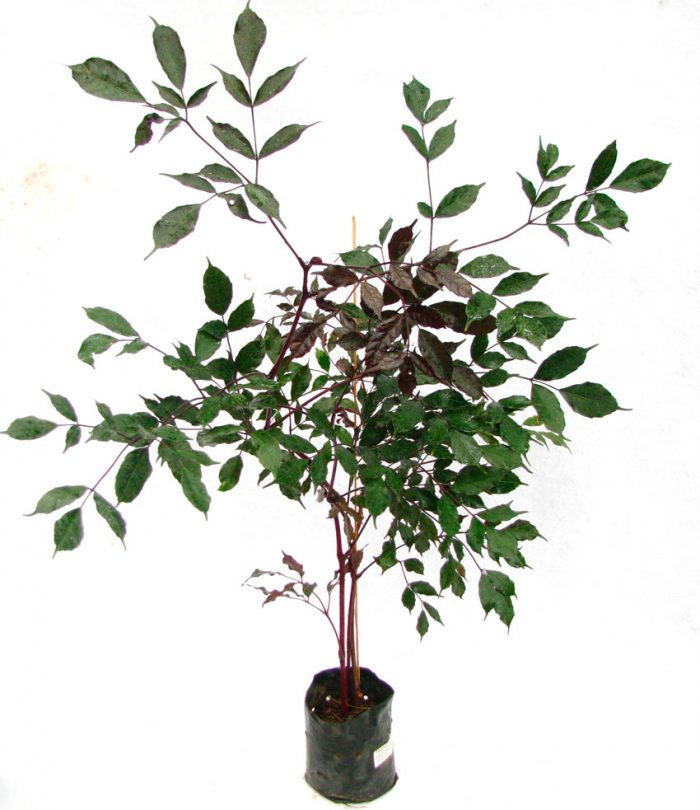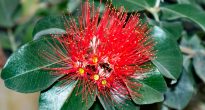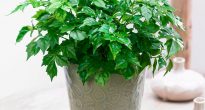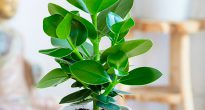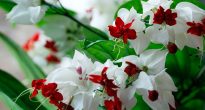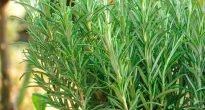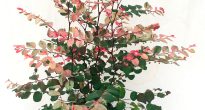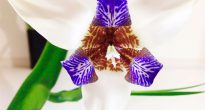An ornamental plant such as leea (Leea) is directly related to the lei family (Leeaceae). Such plants come from India, the Malay Archipelago, Indochina, the Philippines. This genus was named after the Scotsman James Lee (1715-1795), who was a gardener.
This evergreen shrub has rough, but more often shiny shoots, the height of which can vary from 90 to 120 centimeters. Cirrus or simple glossy leaves, in some varieties have a reddish or bronze tint. Inflorescences can be both apical and axillary. Small flowers have low decorative effect. The fruit is presented as a berry.
Content
Home care
Illumination
The lighting should be bright enough, but the plant should be shaded from direct sunlight. Varieties with green foliage can be placed in partial shade. It should be remembered that varieties with a variegated color of foliage in poor lighting become just green.
Temperature regime
Best of all, such a plant feels itself in the summer at an air temperature of 20 to 25 degrees, while in winter the room should be at least 16 degrees.
Humidity
High humidity is required for normal growth and development. In this regard, the foliage must be systematically moistened from a sprayer or poured into a pan, which should be quite wide, expanded clay and pour in a small amount of water.
How to water
In the summer, watering should be abundant. It is produced after the topsoil dries up. Water should be moderate in winter. Make sure that the earthen coma does not dry out, and also do not allow liquid stagnation in the soil.
Top dressing
Top dressing should be carried out in spring and summer 1 time in 2 or 3 weeks. For this, fertilizer is used for decorative leafy plants.
Transplant features
The transplant is carried out in the spring. Young plants should be subjected to this procedure once a year, and adults - once every 2 or 3 years. The soil needs loose and well-permeable water and air. To prepare the soil mixture, combine sod and leafy soil, as well as sand, taken in a 2: 1: 1 ratio. Do not forget to drain well at the bottom of the container.
Reproduction methods
It can be propagated by seeds, cuttings and air layers.
The stalk should be semi-lignified, and have a leaf and an internode.It should be planted in a substrate, the temperature of which must be maintained at 20-25 degrees. The stalk should be covered with a transparent bag or glass. The plant needs regular ventilation and humidification from a sprayer.
Diseases and pests
The plant can settle mealybugs and aphid... High humidity can cause gray rot of vegetable crops.
Possible difficulties
- The color of the leaves turns pale, while those that are below turn yellow, there is no flowering, growth slows down - poor lighting, and the leey also needs feeding.
- Leaves wither and fly around, flowers and buds die off - the room is too cold, water has stagnated in the soil, or it is completely dry.
- The leaf plates turn yellow and curl, the flowers die off - poor watering or cold water is used for it.
- Yellowing and flying around foliage - overflow, a sharp change in temperature and humidity.
Main types
Leea guineensis
This shrub is evergreen. Lanceolate, complex, pointed leaves have a glossy surface and are up to 60 centimeters long. Young leaves are bronze in color, and then it changes to dark green. The color of the flowers is brick red.
Leeya bright red (Leea coccinea)
This weakly branching evergreen shrub can reach a height of 200 centimeters. The plumose leaf plates have separate leathery "feathers", the tips of which are pointed, and their length can vary from 5 to 10 centimeters. The scutellous inflorescences are apical. Pinkish, small flowers have yellow stamens. On the surface of foliage and petioles, drops of pink or white color are sometimes formed, which crystallize after a while. It is through hydatodes (special stomata) that water is released in a completely natural way.
Leea sambucina Burgundi
This shrub with light red stems is evergreen. The upper surface of the leaf is deep green in color, and the lower one is reddish-bronze. The center of the red flowers is pink.
Leea amabilis
It is an evergreen shrub. The leaf plates are pinnate and consist of individual lanceolate small leaves, the edges of which are pointed. The upper surface of the leaves is greenish-bronze, shiny, and has a whitish wide strip running in the center, and the lower one is reddish-purple, while the central strip is colored green.

